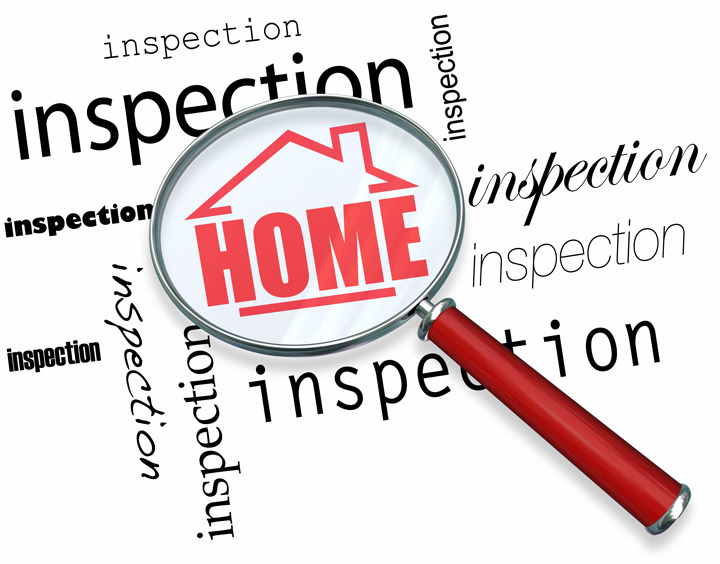
Making Sense of the Appraisal ProcessAcquiring real estate can be the most important investment most might ever make. It doesn't matter if where you raise your family, a second vacation property or an investment, purchasing real property is an involved transaction that requires multiple people working in concert to pull it all off. Most of the people involved are quite familiar. The real estate agent is the most familiar entity in the exchange. Then, the bank provides the financial capital needed to finance the exchange. And the title company ensures that all details of the sale are completed and that a clear title passes to the buyer from the seller. So, what party makes sure the real estate is worth the purchase price? In comes the appraiser. We provide an unbiased estimate of what a buyer could expect to pay — or a seller receive — for a property, where both buyer and seller are informed parties. A licensed, certified, professional appraiser from Central States Appraisal Company will ensure, you as an interested party, are informed. Inspecting the subject propertyTo ascertain the true status of the property, it's our responsibility to first conduct a thorough inspection. We must see aspects of the property first hand, such as the number of bedrooms and bathrooms, the location, amenities, etc., to ensure they truly exist and are in the condition a reasonable person would expect them to be. To make sure the stated square footage is accurate and illustrate the layout of the house, the inspection often entails creating a sketch of the floorplan. Most importantly, we look for any obvious amenities - or defects - that would have an impact on the value of the house. Back at the office, an appraiser uses two or three approaches to determining the value of real property: a paired sales analysis, a replacement cost calculation, and an income approach when rental properties are prevalent. 
Cost ApproachHere, we use information on local construction costs, labor rates and other factors to ascertain how much it would cost to replace the property being appraised. This figure commonly sets the upper limit on what a property would sell for. It's also the least used method. 
Paired Sales AnalysisAppraisers can tell you a lot about the communities in which they work. They thoroughly understand the value of specific features to the homeowners of that area. Then, the appraiser researches recent sales in the vicinity and finds properties which are 'comparable' to the subject being appraised. By assigning a dollar value to certain items such as fireplaces, room layout, appliance upgrades, extra bathrooms or bedrooms, or quality of construction, we add or subtract from each comparable's sales price so that they are more accurately in line with the features of subject.
After all differences have been accounted for, the appraiser reconciles the adjusted sales prices of all the comps and then derives an opinion of what the subject could sell for. At Central States Appraisal Company, we are an authority when it comes to knowing the value of particular items in Aurora and Kane County neighborhoods. The sales comparison approach to value is most often awarded the most importance when an appraisal is for a real estate purchase. Valuation Using the Income ApproachIn the case of income producing properties - rental houses for example - we may use an additional approach to value. In this case, the amount of revenue the property generates is factored in with income produced by similar properties to derive the current value. Putting It All TogetherExamining the data from all approaches, the appraiser is then ready to put down an estimated market value for the property at hand. The estimate of value on the appraisal report is not necessarily the final sales price even though it is likely the best indication of what a property is worth. There are always mitigating factors such as seller motivation, urgency or 'bidding wars' that may adjust an offer or listing price up or down. But the appraised value is typically used as a guideline for lenders who don't want to loan a buyer more money than the property is actually worth. It all comes down to this, an appraiser from Central States Appraisal Company will guarantee you get the most accurate property value, so you can make the most informed real estate decisions. |